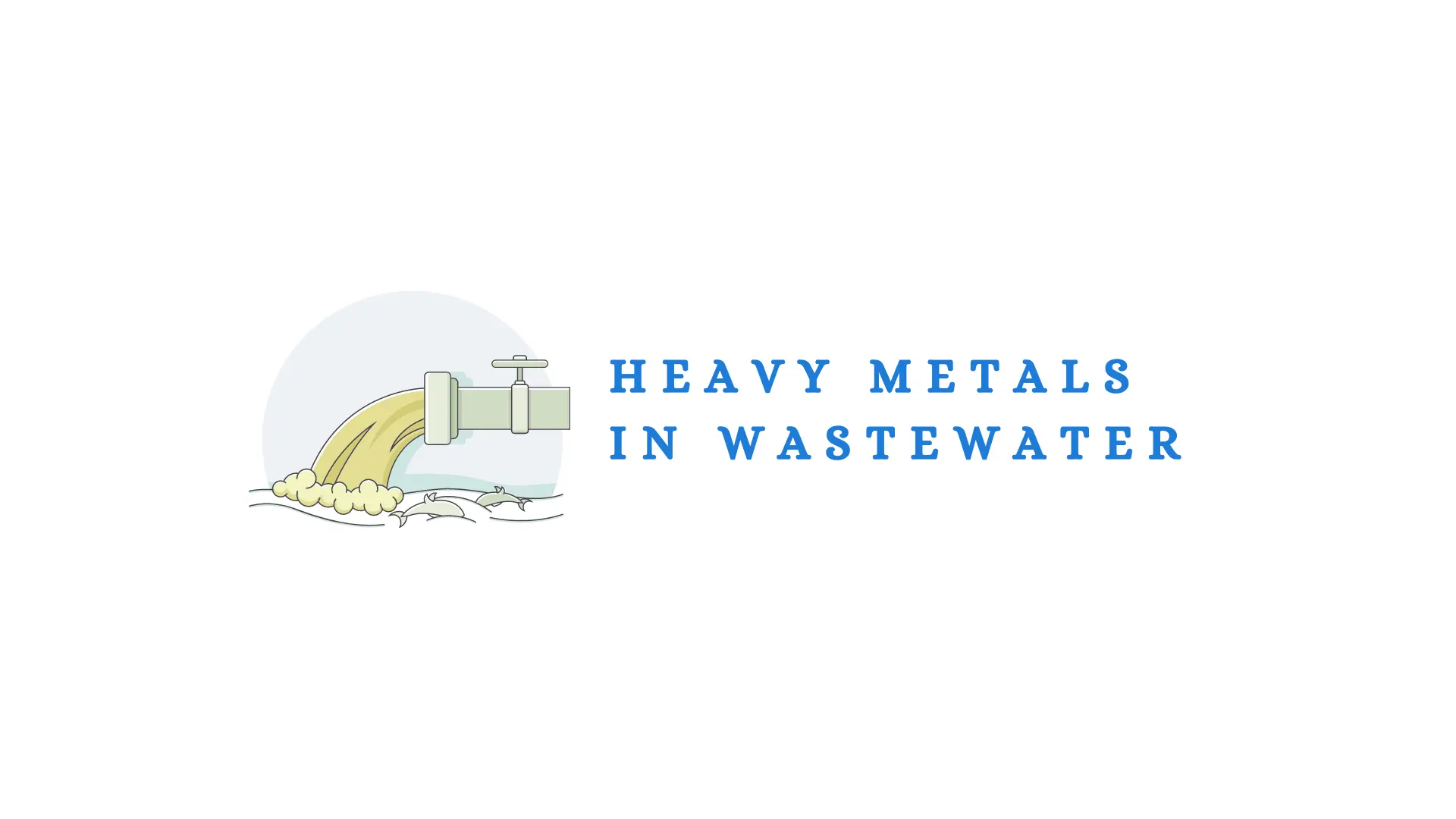Greetings, fellow Nawala! May you always be in good health.
This is the IAES Nawala from the Institute of Advanced Engineering and Science. Today we will share news about heavy metals in wastewater. Sakina et al. (2023) studied hospital wastewater in Indonesia from September 2021 to February 2022. They found that hospital wastewater contains heavy metals that can threaten environmental and human health. The study used 14 heavy metal parameters in hospital wastewater and found that they were still below the threshold value and previous studies. This may be due to the effect of the biological treatment used in hospital wastewater treatment plants, particularly the fluidized bed biofilm reactor system. Their results emphasize the importance of monitoring heavy metals in wastewater to prevent severe impacts on human health and the environment.
Hospital wastewater contains heavy metals that threaten environmental and human health through bioaccumulation and biomagnification. Each heavy metal contributes a different impact on human health and the environment. Monitoring the heavy metals in wastewater is essential to prevent those severe impacts. However, it is still rare for a study to assess heavy metals obtained from the discharge of hospital wastewater in Indonesia. Therefore, this study investigated 14 parameters of heavy metals in hospital wastewater. We tested wastewater quality from September 2021 to February 2022, with SNI 6989-59-2008 sampling methods with 14 parameters. Results show that over 14 parameters are still below the threshold value and other previous studies. It might be because the biological treatment used in the hospital wastewater treatment plant (HWWTP) reduces these micropollutants efficiently. The fluidized bed biofilm reactor (FBBR) system is an aerobic process with microorganisms attached to the bio-green. This technique is to form suspensions of solid particles in sparse media with gas streams for chemical or physical processes. The sewage discharge reveals the occurrence of heavy metals in hospital wastewater, even though it does not reveal a high concentration due to the effectiveness of the FBBR system in HWWTP.
Heavy metals assessment of hospital wastewater during COVID-19 pandemic
Nova Amalia Sakina, Ahyahudin Sodri, Haryoto Kusnoputranto
Bioaccumulation of heavy metals using aquatic plants in wastewater is a promising approach. It can be an alternative to reduce pollutants in wastewater. Muliyadi et al. (2023) conducted a study to understand the bioaccumulation of heavy metals in aquatic plants and their potential to remove pollutants from wastewater. Some of the key findings include six plant species were identified as potential bioaccumulators of heavy metals in wastewater, most of the studies used wastewater from within the city with varying study times, the frequently accumulated heavy metals were Zn, Pb, Cr, Ni, Cu, Fe, Mn, and Cd, and bioaccumulation using aquatic plants is considered a reliable method for removing various types of heavy metals from wastewater. Nonetheless, further research is needed to optimize this process and ensure its effectiveness in real-world applications.
Heavy metals are very harmful to the environment if present in excessive concentrations and will have an effect on humans if they interact directly. Knowing the findings of heavy metal bioaccumulation in aquatic plants when reducing pollutants in liquid waste is the main goal of this study. Various types of data were developed and analyzed to answer the specific goals set through the EBSCO, ProQuest, and Science Direct Search Engine, by looking at several parameters. Bioaccumulation data for aquatic plants in liquid waste were obtained from five articles that met the criteria. The findings showed that there are six types of plants that can be used as heavy metal bioaccumulators in wastewater, including Limnobium laevigatum, Salvinia auriculata, Lemna minor, Colocasia esculenta, T. latifolia, and T. palustris. Data was also obtained that most research was carried out using liquid waste originating from within the city with a research time ranging from 1-45 days. The heavy metals that were most commonly accumulated in these plants were Zn, Pb, Cr, Ni, Cu, Fe, Mn, and Cd. It can be concluded that bioaccumulation using aquatic plants is very reliable for various types of heavy metals that can be removed.
Bioaccumulation of heavy metals using aquatic plants in wastewater
Muliyadi Muliyadi, Purwanto Purwanto, Sri Sumiyati, Mussadun Mussadun
Some of the articles above are a small part of the research on heavy metals in wastewater. To get more information, readers can visit the International Journal of Public Health Science (IJPHS) page and read articles for FREE via the following link: https://ijphs.iaescore.com/.
By: I. Busthomi



